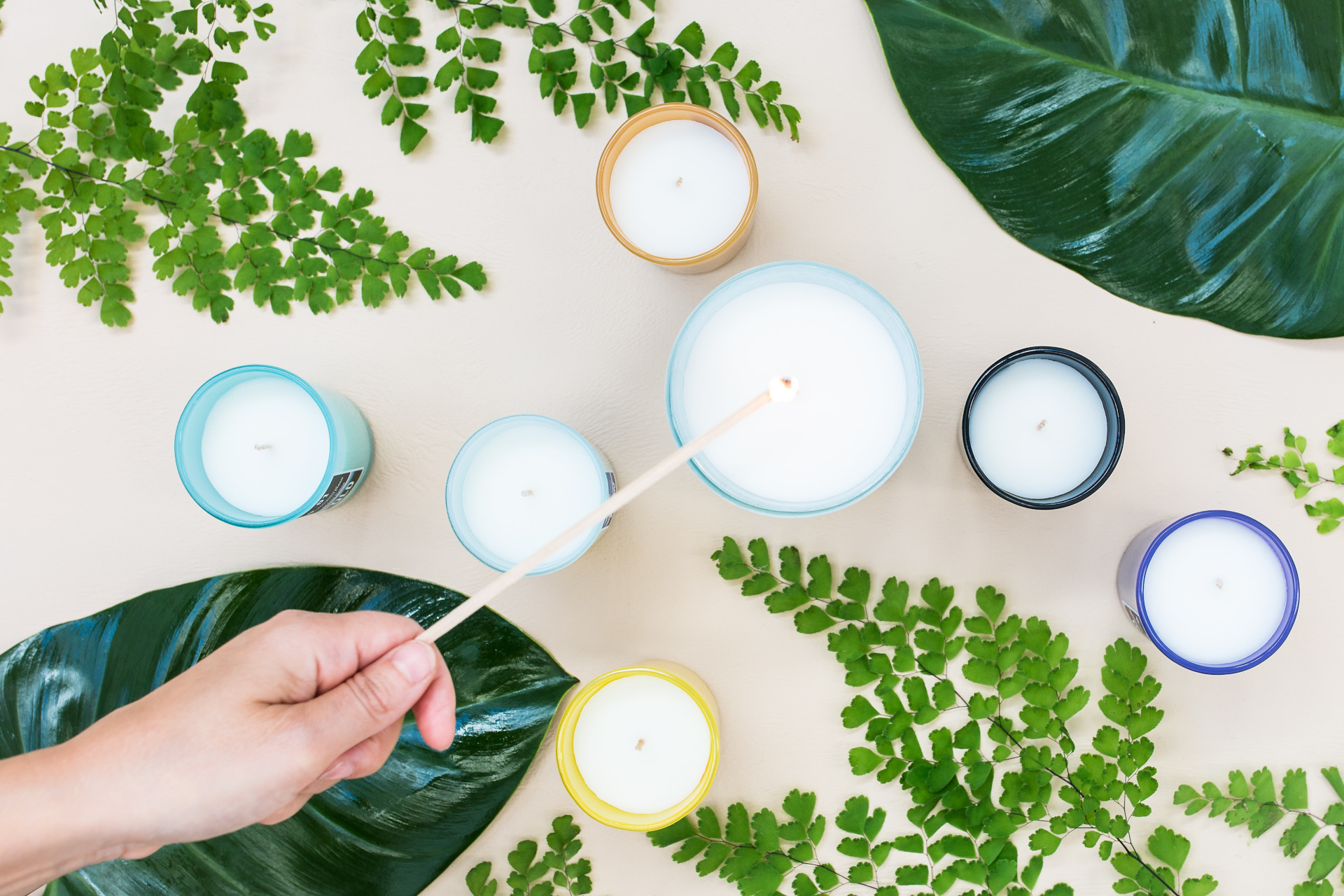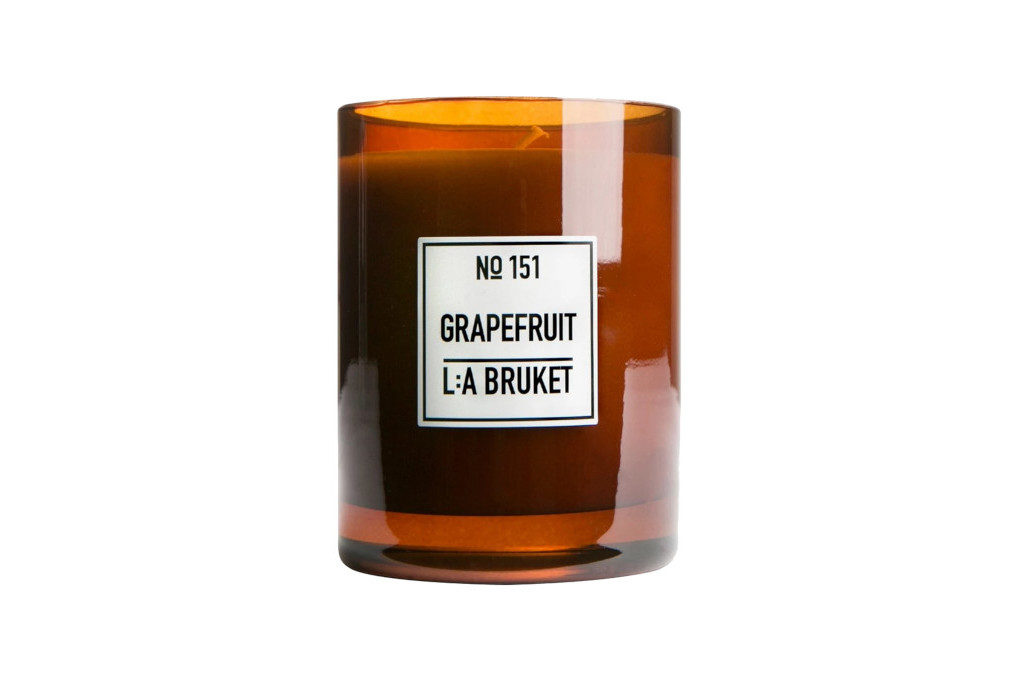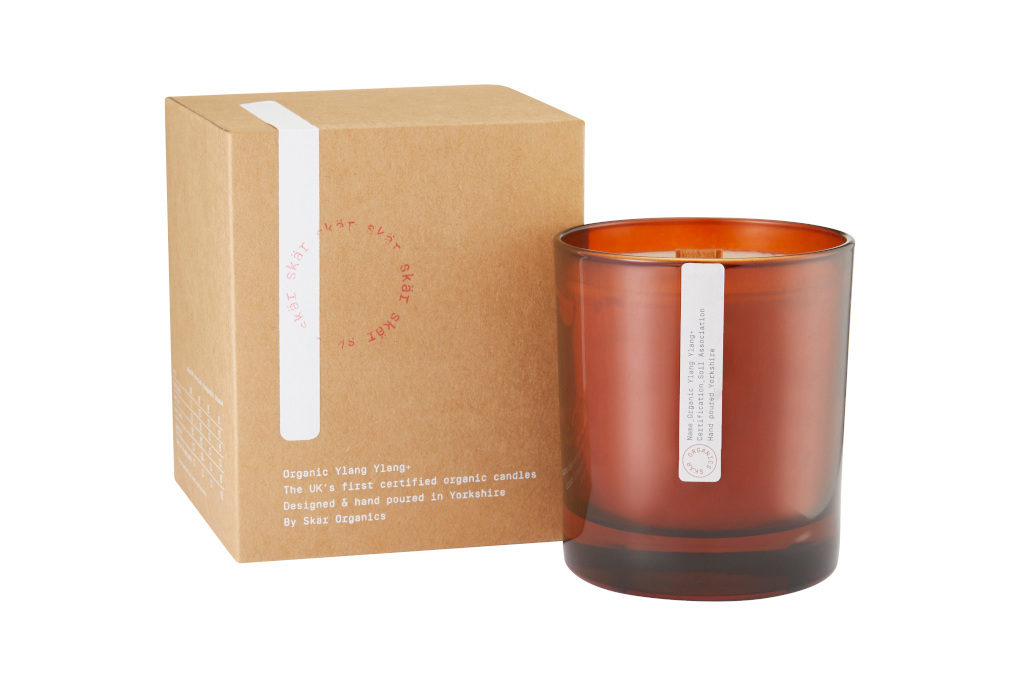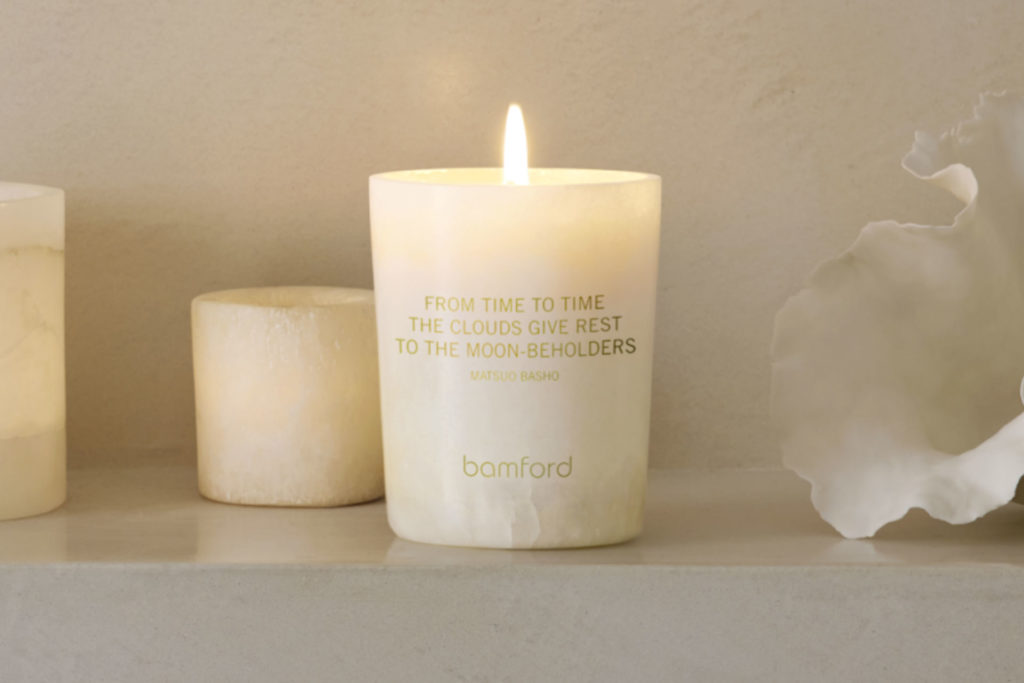A Guide to Buying Eco-Friendly Candles
By
2 years ago
Here's Our Hot Take.

Did you know that candles, for all their pretty boxes and refreshing fragrances, can actually do more harm than good both to us and the environment? Start shopping for eco-friendly candles with our guide, which goes over all the credentials you should be checking before clicking ‘Add To Basket’.
London’s Best Sustainable Florists
A Guide to Buying Eco-Friendly Candles
Wax
Candles made it into the UK government’s 2019 Clean Air Strategy as a source of non-methane volatile organic compounds (NMVOCs), which can contribute to indoor pollution. While some conventional candles are made using stearin, which derives from animal or vegetable fats and isn’t too horrendously impactful on the environment. The same cannot be said for the other leading ingredient used in candle-making: paraffin.
Widely known as the highly combustible substance used to fuel jet engines and rockets, paraffin is a byproduct of crude oil that creates and releases toxic benzene and toluene chemicals – both of which are carcinogenic – when burned. Candles, which can burn for around seven to nine hours for each ounce of wax used, enable these chemicals to be released directly into your homes and your airways. It’s like turning your living room into the next miniature rocket launch pad for NASA. Breathing these candles in is as bad as inhaling second-hand smoke, so you can only imagine how millions of them could impact the environment without us realising.
Sometimes you’ll get caught out when it says ‘made from unspecified blends’, which is basically code for paraffin or other synthetic ingredients weaselling their way in.
More sustainable candle options will opt for natural ingredients like beeswax, coconut wax, rapeseed wax or soy wax, which are far less harmful when put to flame. When responsibly sourced and produced, these materials can make for a great sustainable candle.
Beeswax: A natural, biodegradable wax that burns slowly and naturally cleans the air by neutralising toxins. It’s also smokeless and sootless, and comes in different colours depending on what the bees it comes from have lived on. Unfortunately, however, it isn’t vegan.
Coconut wax: One of the most sustainable (and luxurious) waxes out there, it burns slowly and cleanly while distributing fragrance evenly.
Rapeseed wax: A natural, renewable and biodegradable wax that burns slower and cooler (and helps to distribute fragrance). The best place to source rapeseed is in Europe, where it’s illegal to grown GMO crops.
Soy wax: Not the most sustainable wax, but it’s natural, renewable and biodegradable and burns slowly and cleanly. There are currently concerns surrounding the soybean industry, in particular its use of pesticides and fertilisers and the resulting deforestation. Many companies may also mix soy with paraffin in their candles.
Wicks
There’s a special kind of satisfaction that comes with lighting a candle for the first time – but did you know that wicks used to be made with lead and metal? Burning either of the two can produce toxic fumes that will take up a cosy space right in the middle of your home.
The safest – and most eco-friendly – candle wicks are made from natural and clean-burning materials such as cotton, hemp or wood. Extra tip: keep your candle away from drafts to prevent it from producing soot.
Your final hot tip is to cut the wick before lighting the candle. You’ll get a cleaner burn.
Perfume
Another thing to look out for when candle shopping is artificial fragrance, which like paraffin and lead can release harmful chemicals when put under fire. Many fragrances can contain phthalates (a chemical used in all kinds of household products), which can damage the liver, kidneys, lungs and reproductive system if exposed to it for long periods of time. In numerous studies, phthalates has also been linked to asthma, breast cancer, neurodevelopmental issues and many other health disorders and issues.
While having one or two candles with artificial fragrances won’t do you much harm, a more ethical and greener option would be candles scented with essential oils. In opposition to synthetic fragrances, essential oils are natural extracts made from plants and flowers that can be very strong when concentrated. Small but mighty, they make a fantastic fragrance for eco-friendly candles.
Packaging
Candles (to nobody’s surprise) are one of the top gift ideas for birthdays and special occasions. However, this means that many candles now come in excessive amounts of packaging that is usually plastic-based and non-recyclable – and therefore destined for the landfill.
Simple is best when it comes to candle design: think paper labels, reusable jars and unfussy packaging (or none, if possible). Let the candle shine on its own without the added pomp of elaborate plastic packaging.
Eco-Friendly Candles to Shop Now
Get started on your collection of eco-friendly candles…
Featured image: Noelle Australia, Unsplash
READ MORE
‘Green’ Jumpers Just in Time for Autumn / Sustainable Activewear Brands To Know






















